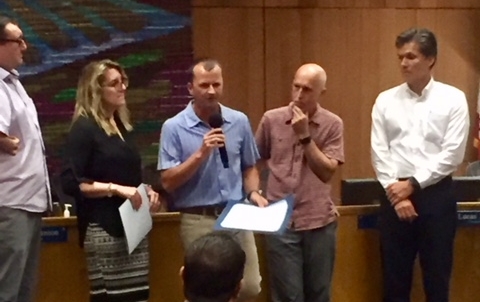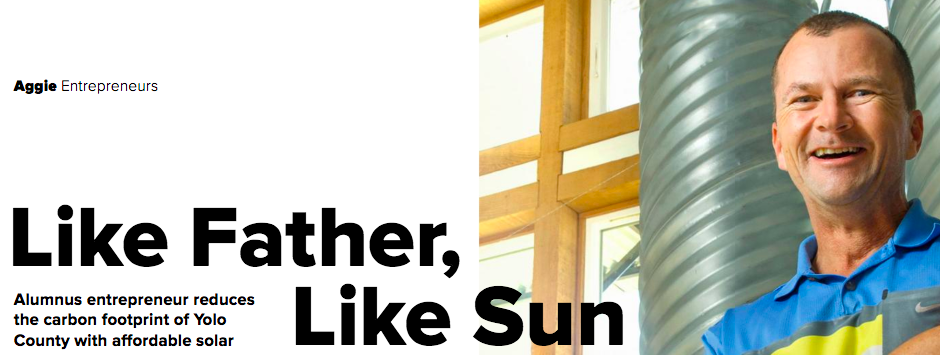This week, we have been engaged by three new homeowners to help them evaluate solar. Thereby, we begin with a simple, open-ended question: Why solar, why now? Responses vary, but generally their motive is twofold: Why not, since I just bought my home; and, PG&E’s rates are only going to go up. While we agree with the latter, we believe the former warrants consideration.
Before adding solar to your recently purchased home, here are five considerations:
1. The condition of your roof. Since new homebuyers have recently had their roof inspected, they have an objective evaluation regarding the condition and remaining life of their roof. In simple terms, if your roof has less than 10 years of remaining/warrantied life, you do not want to install solar (on such roof planes); if your roof has 10+ years, you’re in good shape.
2. Historical/future electricity use. Since new homeowners have limited (or zero) electricity use data, we recommend one of four approaches (to forecast future use and accurately size and model their prospective solar system):
Live in your home for 12 months and, thereby, quantify how much electricity you will use.
Wait until you have occupied your home for six months -- particularly 1-2 months of summer use, when electricity demand peaks. (Thereby, we can model 12 months of electricity demand based on your use pattern and comparable homes).
Employ comparable homes’ electricity use (based on their vintage, neighborhood, size, occupancy, etcetera) to model your home’s future electricity use. Fortunately, we have several hundred data sets — electricity use patterns for homes in all neighborhoods in our community — to approximate future use.
If it’s not too late, request 12 months of PG&E data from the home seller. Oftentimes, this is a futile effort, but it’s worth trying.
3. Home improvements. Stating the obvious: Many new homeowners improve their homes. Adding a pool and/or hot tub will increase your electricity use, as would replacing your furnace with an electric heat pump (an increasingly common practice for Repower homeowners). Conversely, replacing windows, adding insulation, or installing a variable speed pool pump reduces your electricity use. In all cases, we model the impact vis-a-vis solar system sizing.
4. Electric vehicle. If you own — or intend to purchase, in the next 12-24 months — an eV, you’d want to factor future charging of your car into the sizing of your solar system. We find that eVs travel 4 miles per kWh of electricity. The math is simple: Take the number of miles/year you anticipate driving and multiply it by the percentage of charging you believe will be done at home (versus your workplace, public chargers, etc.). Then, divide the number by 4 to quantify additional electricity use (in kWh). For example, if you intend to drive 10,000 miles per year and charge your car 80% of the time at home (fueling 8,000 miles), you will consume 2,000 kWh of electricity.
5. Your electrical panel. Though adding solar does not increase your electrical demand, we need to ensure your electrical panel has sufficient capacity (or space) to accommodate the solar inverter. Furthermore, we will evaluate non-solar changes to your electrical demand — car charger, spa, swimming pool, heat pump, etcetera — to determine your panel’s amenability. (We perform load calculations and review your future electricity use with the city or county to ensure solar will work.)
Net-net, going solar is simple, but there are a few nuances worthy of consideration … particularly if you recently purchased a home. Feel free to contact us to learn more and receive a free solar assessment.



















